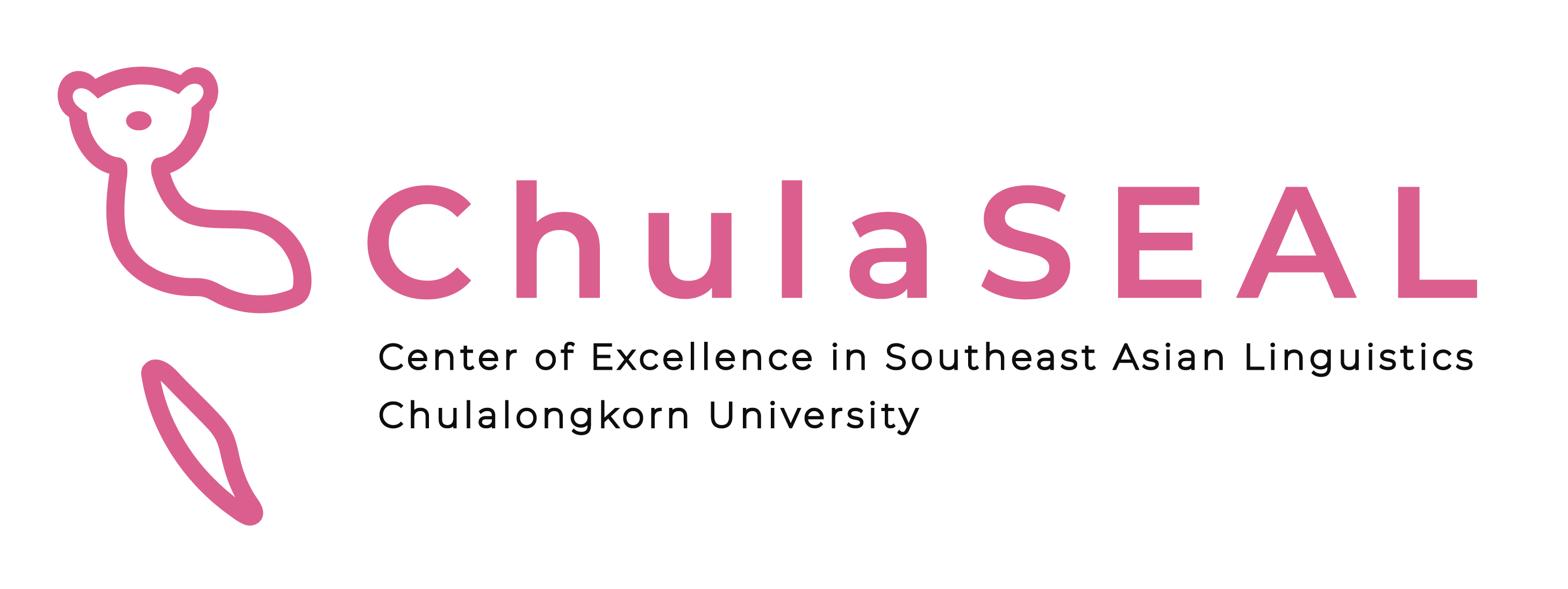Kra-Dai (also called Tai-Kadai and Kam-Tai) is a family of approximately 100 languages spoken in Southeast Asia, extending from the island of Hainan, China, in the east to the Indian province of Assam in the west and south to the Malay Peninsula. The term Kra-Dai was suggested in Weera Ostapirat’s 2000 work “Proto-Kra” (Ostapirat 2000, cited under “Kra-Dai beyond Tai”) after two important branches in the family: Tai, the group including Thai and Lao, and Kra, a smaller, less-studied group of languages spoken in Southern China. Other significant subgroups of Kra-Dai include the Kam-Sui languages, spoken primarily in southern China, and the Hlai and Ong Be languages, spoken on Hainan Island in China. The more traditional name for the family, Tai-Kadai, is problematic because the term “Kadai” does not refer to any valid subgroup. The homeland of Kra-Dai languages is most likely in Southern China, due to the large number of diverse Kra-Dai languages spoken there. From there, Kra-Dai speakers spread south through northern Vietnam, Laos, and Thailand, and west through Yunnan, Myanmar, and Assam province in Northeast India. The more far-flung languages mostly come from the Southwestern Tai subgroup, languages which are closely related to Thai. Proto Kra-Dai is yet to be reconstructed, although recent reconstructions of Tai, Kra, and Hlai represent clear progress toward this goal. The higher phylogeny of Kra-Dai is uncertain. While Chinese scholars, including the eminent Fang-Kuei Li, have argued that Kra-Dai is Sinitic, this connection is tenuous due to clearly demonstrable waves of Chinese loanwords into Kra-Dai. Many other scholars have adopted the hypothesis of Paul K. Benedict, who proposed a genetic relationship between Kra-Dai and Austronesian. Kra-Dai languages tend to have rich consonant and vowel inventories and up to nine lexical tones. These languages tend to be morphologically isolating with a tendency toward short, mono- or disyllabic words. However, Kra-Dai languages possess productive derivational morphological processes, including reduplication and compounding, which can result in relatively long words. Kra-Dai languages are primarily head initial with basic SVO word order, employ numeral classifiers for individuation, and make use of serial verb constructions. There is some variation in word order between Kra-Dai languages. For example, while most Southwestern Tai languages have the order noun-numeral-classifier, non–Southwestern Tai Kra-Dai languages have the order numeral-classifier-noun. Among the Kra-Dai languages, Standard Thai is the best studied by a wide margin. Lao, the national language of Laos and a close relative of Thai, has also been studied in some detail. The other well-described languages tend to be in the Tai branch of Kra-Dai. The documentation and description of non-Tai languages of Kra-Dai is much more limited, especially documentation published in English; much of the documentation that does exist on these languages is in Chinese.
Kra-Dai Languages
ChulaSEAL author(s):
APA: Jenks, Peter and Pittayaporn, Pittayawat. (2014). Kra-Dai Languages. In M. Aranoff (ed.), Bibliographies in “Linguistics”. New York: Oxford University Press.

